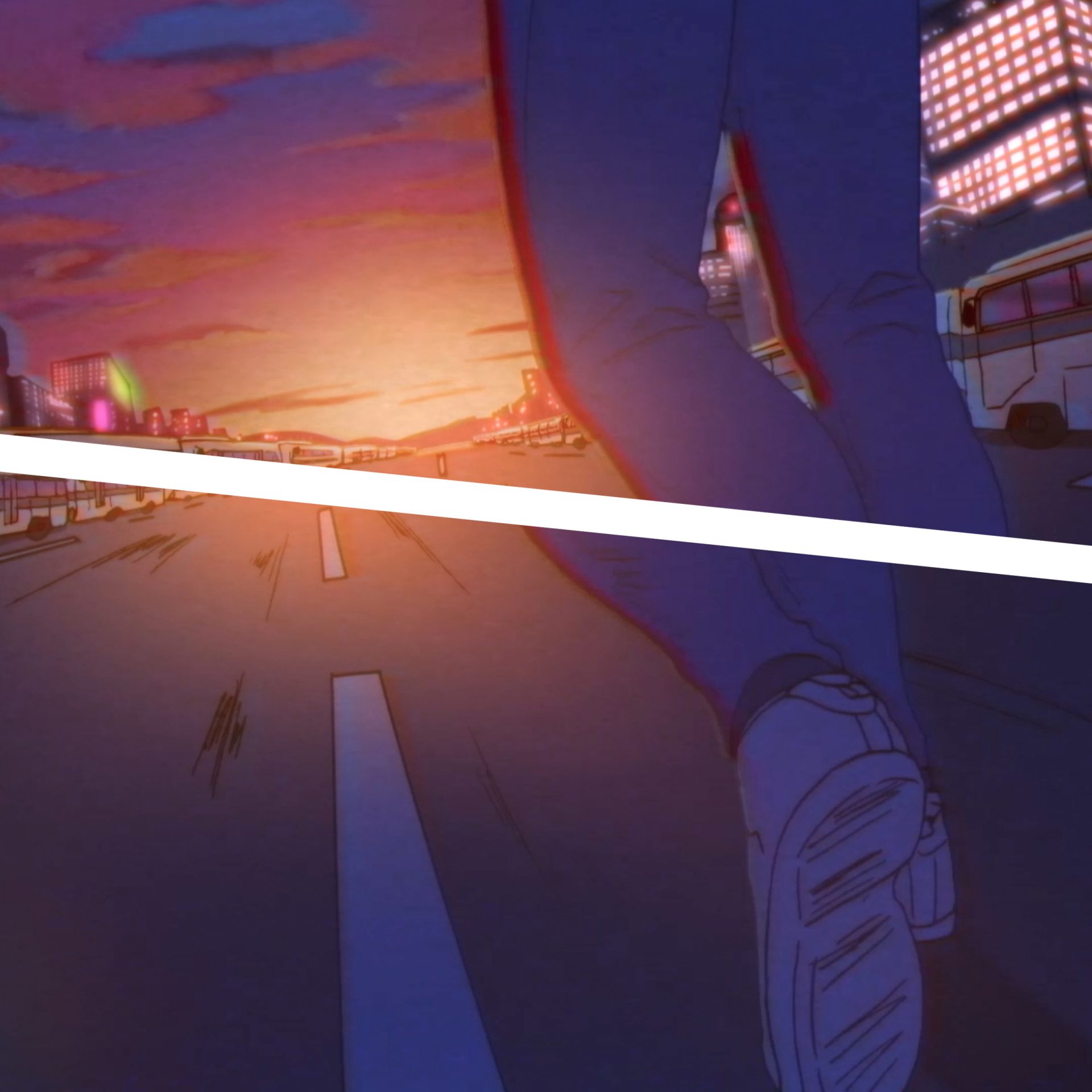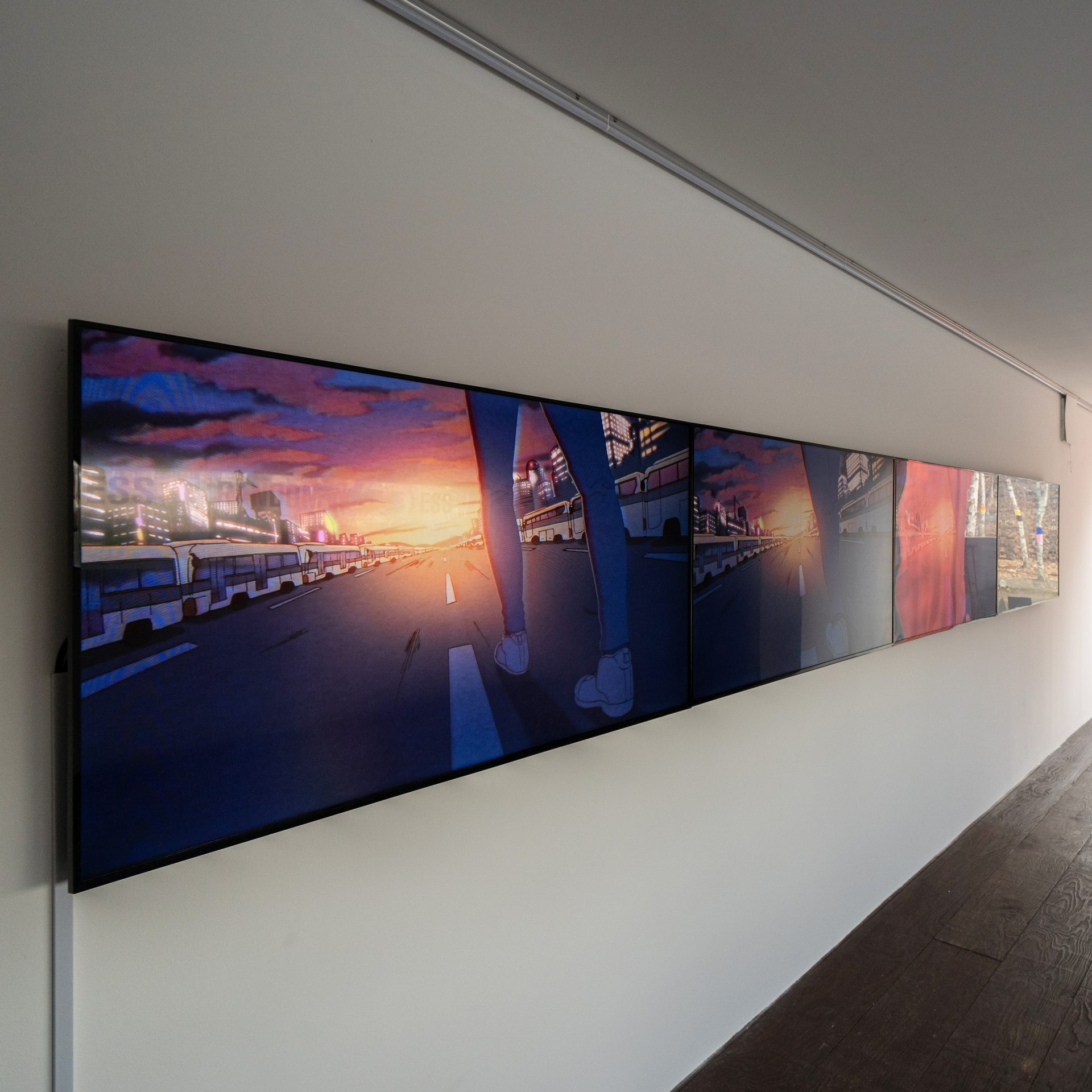Kang Sindae has tracked social and cultural changes and has portrayed the system in which the images of our society are produced and consumed. Using or adopting audiovisual media that have been accelerating such as Facebook, Twitter and YouTube, the artist disclose, with a twist, the nearly disastrous contradictions of social systems.

6_강신대-1920x1920
1. Please introduce yourself and your work.
Hanging around the margins of the art world, I have been doing part-time jobs and working. Social and political issues are my main concern. Besides, I pay particular attention to the patterns and contexts in which images are produced and consumed, and how they change the landscape of everyday life. Interpretations of contemporary cultural phenomena in my work reflect my interest in such matters. I would rather stage a kind of costume-play of the phenomena that I intend to criticize through my work, so as to achieve the effect of defamiliarizing what seems natural, what is taken for granted.
2. How did you find it to take part in the project Random Access?
As befits the project’s title, Random Access grants the artist unprecedented autonomy. The theme and production process of the work as well as when and how to show the work, depend on the artist’s choice. This offers the artist the possibility to get out of his or her bounds. It also becomes an opportunity to look back on the way they have worked so far.
3. Using or adopting audiovisual media that have been accelerating such as Facebook, Twitter and YouTube, your works seem to disclose, with a twist, the nearly disastrous contradictions of social systems. Nam June Paik was also keen on making use of contemporary media that were accelerating at the time, and I think that your works are in a way in line with Paik’s who appropriated the language of media, and its production, distribution and consumption system. Which part of you do you think is personally or artistically connected to Paik?
Having said that I am interested in social and political matters, this does not mean that I want to deliver a social and political message. Like Paik, I get ideas from images and media encountered in everyday life, work on them, and bring them into the museum. If my work creates an opportunity to reflect on the present and to imagine the future, its effect can be social or political.
4. Tell us more about what you showed in Random Access.
Art has always been about dealing with time. However, after the collapse of the contemporary, a self-reflective time of our era, I think it is impossible for art to create new senses or to present specific visions of the future. What the artist can only do now is to reproduce the atmosphere of the times. But if the process of reproduction reveals the incongruities embedded in today’s reality, the possibility of criticism in art may still be valid.
The scenes in Mood are all about the opening clichés of animations. The figure on the screen tries to move forward by walking, running or driving. But the gesture to move forward is just an illusion. The landscape only repeats itself between frames. Today’s movement does not make up for a gesture for tomorrow, but only lends an impetus to repetition today.
5. Could you tell us about the activities you have engaged in since Random Access and about your future plans?
I think what I can convey as an artist is the atmospheres, sentiments and symptoms of the times. If I can reveal, by means of this process, the inconsistencies that inhere in reality, I think that’s enough when the audience can turn what was regarded natural and normal, into something strange and unfamiliar. I will keep hovering around the art world in this way.
6. Do you have any comments or episodes you would like to share about Random Access?
Such projects as Random Access are premised on the complete support of the museum. I hope that the project will last for a long time and that the autonomy given to the artist will remain the same without being reduced, as its name suggests.





